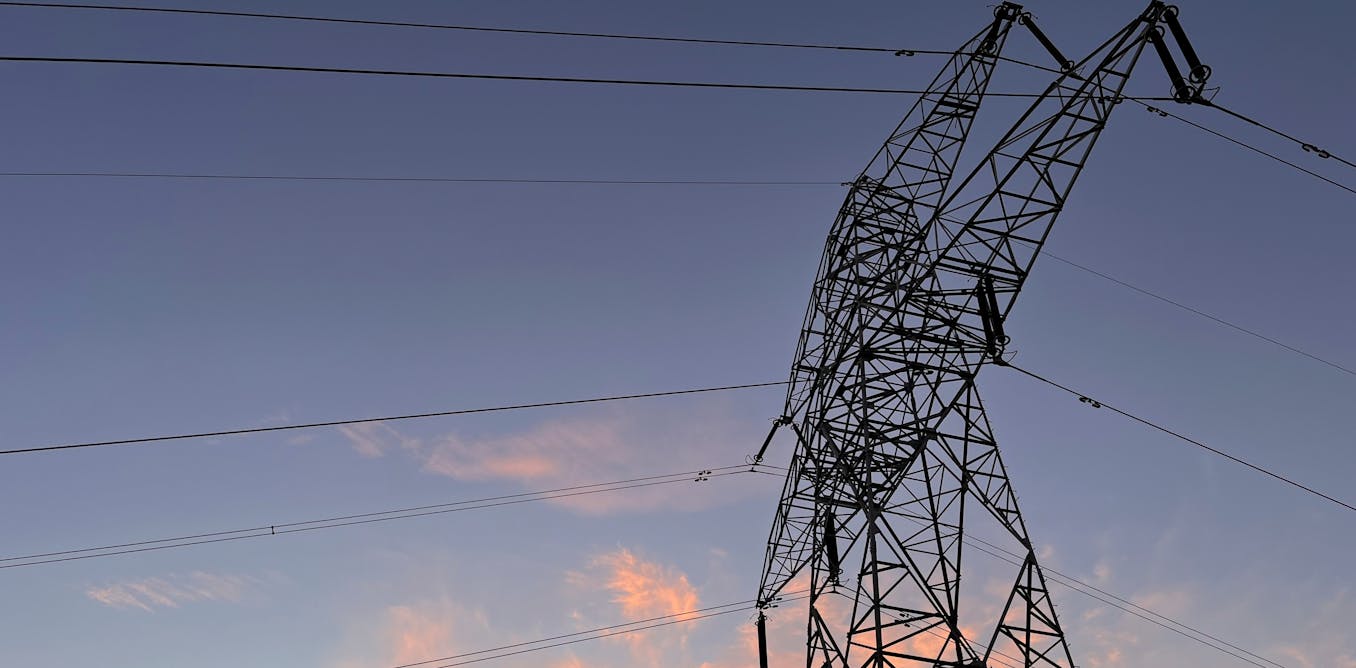This approach of blaming renewables is the typical one that the press is spreading, without clarifying ALL the aspects that make some renewable energy generation facilities inflexible.
Antonio Turiel explains very well what has happened and, in fact, some time before the blackout, in view of important alterations in frequency and voltage, he had already warned that this could happen.
In the new installations, according to the new regulations, photovoltaic plants must have systems to have a reaction margin in case of fluctuations. But in older plants this was not mandatory and, in order to give flexibility to the system, as has been commented here, it is necessary to have a reserve of other generation sources.
At the time of the blackout, there were many photovoltaic plants without response capacity and the necessary plants, especially gas plants, were not prepared to respond to the disturbance.
This was a combination of greed and incompetence. Greed for wanting to save money by disconnecting gas plants or for not updating the technology in photovoltaic plants. Incompetence on the part of government and regulators to put in place the necessary means to force corporations to take the necessary measures to avoid what has happened.
Whoever wrote this has an extremely outdated technical understanding of renewables and energy storage… or wants to push this outdated understanding out of an economic interest/agenda.
Yes, a stable AC grid needs inertia, which was historically only provided by the generators in gas, coal and nuclear power plants. Yes, inverter-connected systems like batteries and PV plants don’t provide inertia naturally. But there are control algorithms out there which would enable these systems to provide inertia just as well… And they could be going into large-scale rollout at least on new batteries and wind power plants within months if it was required by grid codes or incentivized by a market.
I agree that, whatever exactly happened initially, led to a disconnect of the mostly photovoltaic generation in Spain (not yet outfitted with such synthetic inertia algorithms) and the central European grid where more natural inertia was available. The high local PV surplus no longer exported to Europe led to an enormous increase in the grid frequency. The PV plants disconnected which led to a just as quick decrease of frequency and an automatic disconnect of loads - boom, the grid is dead. So far, their analysis was also what I presented to my students on Tuesday. But drawing the conclusion that renewables are bad just reveals either incompetence or an insidious agenda.


